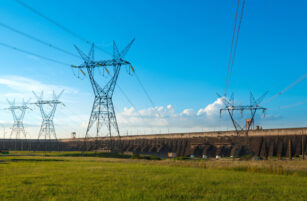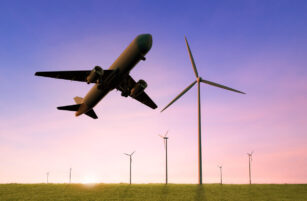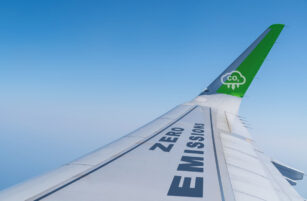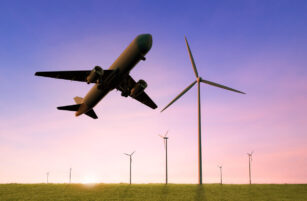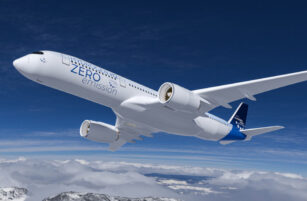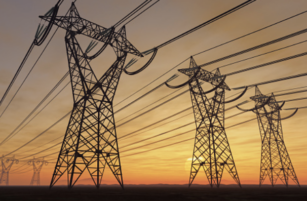Insight Focus
Managing contrails is vital for reducing aviation’s climate impact. Research shows that fuel composition can mitigate contrail generation. This means that there may be more benefits to using SAF than previously thought.
This week we look at contrails and how managing them can help us reduce the impact of aviation on climate change.
Contrails, you may recall, were one of the four areas of activity that a recent Cambridge University study identified as key to helping aviation on its journey to net zero.

Contrails, the wispy white lines behind high altitude jet airliners, or condensation trails, are already the focus of much attention from scientists. Why? Let’s unpack the science.
Contrails and Their Impact on Climate
Contrail composition is largely uniform – it’s turbine exhaust, the gas that’s emitted from the engine – a mixture og gaseous nitrogen, carbon dioxide, water vapour and minor components such as nitrogwn oxides, suplhur oxides and unburnt hydrocarbons or particulate. What happens to this exhaust?
Sometimes the exhaust, which is hot, impacts the atmosphere, which is cold, combines and that’s the end of it. Invisible hot gas hits invisible cold gas and morphs into an invisible warm gas and disperses. Sometimes the process isn’t a straightforward mixing; instead, water vaour condenses and freezes as ice crystals which create the optical obscuration and so the whiteness in the sky – contrails. The mechanism here is complex and may involve ‘seeding’ by sulphur or large hydrocarbon entities that acts to rapidly accumulate water.
The duration of contrails varies – some linger and form clouds which impact the climate. Nocturnal and diurnal contrails have different effects too, although the overall system is complex to model.
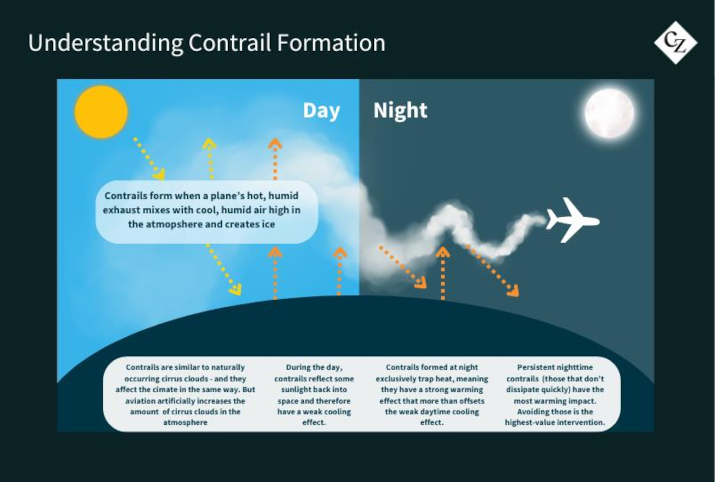
What we do know is that contrails impact the balance of radiation – so-called radiative forcing – to the planet and so impact the climate. Don’t be fooled by the term radiative forcing – it’s just the ratio of radiation hitting and leaving the planet – if human activity decreases the amount of radiation leaving the planet, warming will occur.
Can anything be done to reduce the impact of contrails? Yes: reducing contrails can be achieved by avoiding meteorological conditions that seed them, or reducing the tendency of exhaust to seed contrails, or both.
Airlines are beginning to consider meteorological data in order to route aircraft to reduce the impact of a flight on contrail formation on warming through radioactive forcing.
Where SAF Comes In
What has this got to do with SAF though? The tendency to form contrails may be linked to the composition of the fuel. SAF contains less sulphur and fewer aromatics, both of which are deemed to be contributors to contrails, and so SAF may therefore reduce contrail formation.
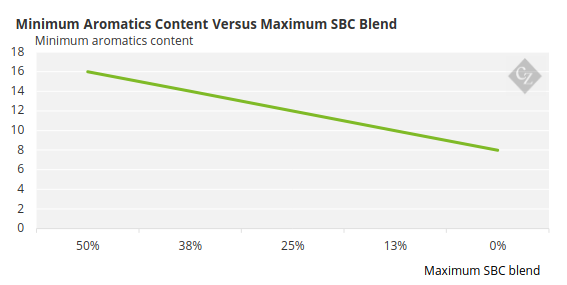
The science is in its infancy, however, and we need to wait for definitive data and proper, peer-reviewed scientific papers on the subject.
So, SAF is a direct agent for mitigating the impact of aviation on climate change through decarbonisation and may also be an indirect carbon mitigation agent through contrail reduction.
The airlines trade association (IATA) issued a report on contrails in April 2024 that usefully summarises the subject and efforts to better exploit the benefits. The impact of contrails is real and significant, but the full performance map is incomplete and more work is needed: a con, no, but an uncertain pro.
Next time we’ll look at hydrogen and its role in SAF.


